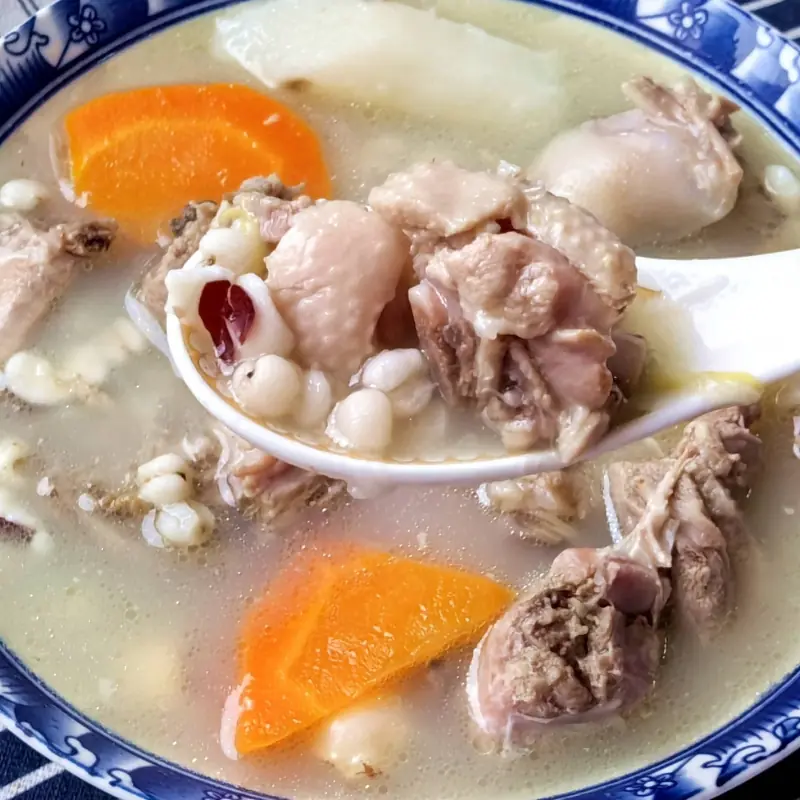
Plants that should not be planted around the house because they attract snakes
Plants That Should Not Be Planted Around the House Because They Attract Snakes
While plants can beautify your garden, some plants may unknowingly attract snakes. Here are a few common plants that are believed to lure snakes into the area, and why it’s important to avoid them near your home:
1. Lemongrass
Why it attracts snakes: Lemongrass has a strong scent and is known for its ability to repel mosquitoes. However, snakes are often attracted to areas with tall grass and dense foliage, making lemongrass a potential habitat for them. It may provide cover for snakes, making them feel secure.
Tip: Instead of planting lemongrass near your home, consider placing it further away, or opt for snake-repelling plants like marigolds.
2. Snake Plants (Sansevieria)
Why it attracts snakes: As the name suggests, the snake plant can attract snakes. Its long, upright leaves may resemble a hiding spot or shelter for snakes, especially in areas where the snakes are looking for places to shelter.
Tip: Though it is an attractive houseplant, you might want to avoid planting it outside near your home or garden.
3. Bougainvillea
Why it attracts snakes: Bougainvillea is a beautiful flowering plant that produces vibrant blooms. However, it grows in a dense, tangled pattern, creating the perfect habitat for small rodents, which in turn attract snakes.
Tip: Keep bougainvillea away from areas where you want to discourage snakes. Regular maintenance of these plants can help reduce their attractiveness to rodents.
4. Onion Plants
Why it attracts snakes: The strong smell of onion plants may not only be unpleasant for humans but can also attract snakes in search of food. The plants often attract insects, which can bring in rodents, providing a food source for snakes.
Tip: While onion plants are useful in the kitchen, they should be kept away from areas near your home where snakes might hide.
5. Taro (Elephant Ear)
Why it attracts snakes: Taro plants, or elephant ears, thrive in moist, shady areas. The thick, large leaves provide ample cover for snakes, making it an ideal location for them to shelter. Additionally, the plant attracts rodents in these environments, which can draw snakes.
Tip: If you enjoy growing taro, make sure to plant it away from your home or in areas where snakes are less likely to be a problem.
6. Ginger
Why it attracts snakes: Ginger is a flowering plant that often grows in moist, shaded areas. It provides the perfect environment for snakes to hide and for small creatures to gather, making it more likely that snakes will be attracted to your garden.
Tip: Plant ginger in areas farther from your home to keep your garden snake-free.
Why Snakes Are Attracted to These Plants
Snakes are often drawn to areas that provide both food and shelter. Plants that attract insects, rodents, or small animals are prime spots for snakes to hunt and hide. Dense, overgrown areas with lots of foliage are perfect for snakes to find cover and stay hidden from predators.
How to Avoid Snakes Around Your Home
-
Keep your garden well-maintained: Regularly trim tall grass, remove dead leaves, and clear away debris.
-
Opt for snake-repellent plants: Consider planting marigolds, lavender, or other plants known to repel snakes and pests.
-
Create a barrier: Install a snake-proof fence or barriers around your home to prevent them from entering your garden.
-
Be mindful of the environment: Snakes prefer cool, dark, and damp places. Avoid overwatering your plants or creating areas of stagnant water, which can attract snakes.
Conclusion
While some plants may be tempting to grow due to their beauty or practicality, they can unintentionally attract snakes. By avoiding certain plants and creating a snake-repellent environment, you can help keep your garden and home safe from these creatures.
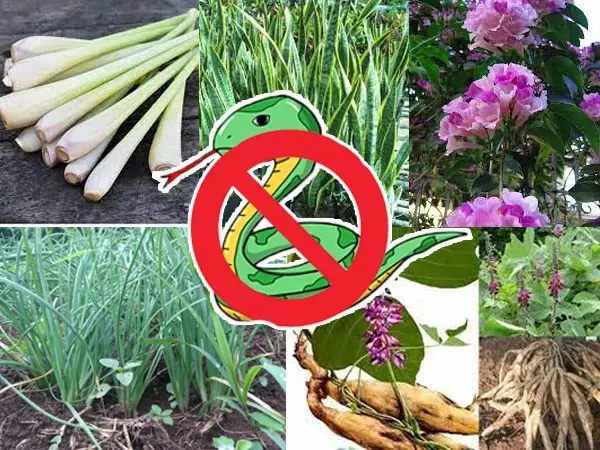
News in the same category


If the electric fan is dirty, don't rush to disassemble it.
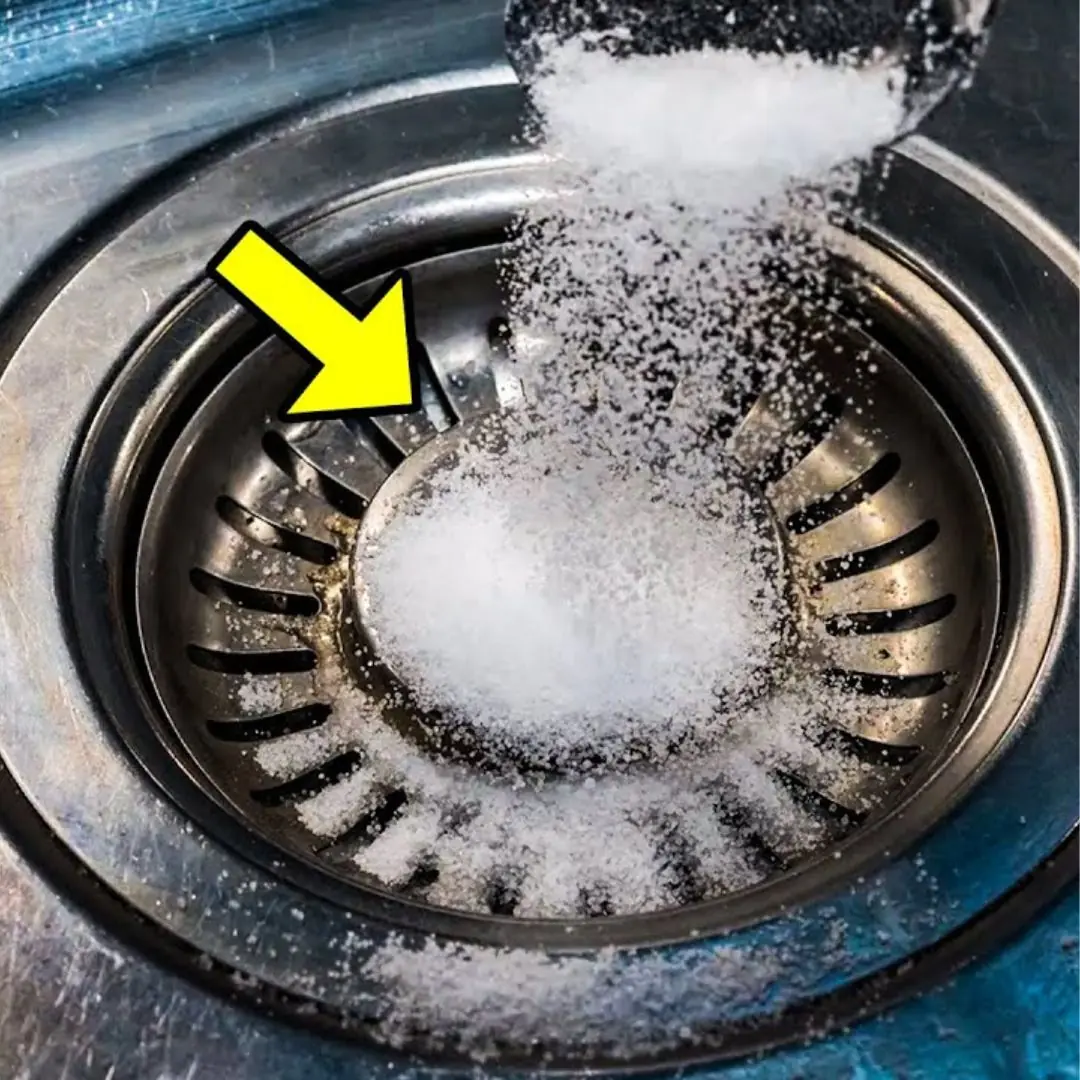
Why should you pour salt down the drain at night?

Cleaning the washing machine is very necessary, but not everyone knows about this hidden switch

How to Deodorize Your Microwave with Lemon
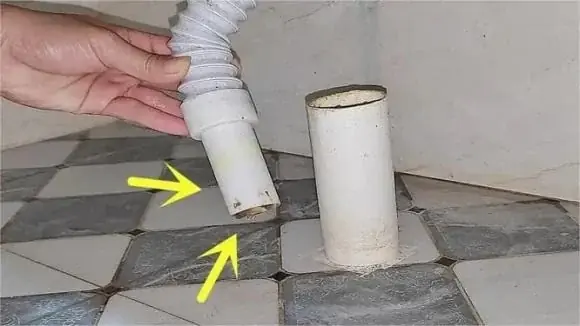
Using a Small Plastic Bag This Way Will Eliminate Unpleasant Odors from Your Bathroom and Kitchen Drains
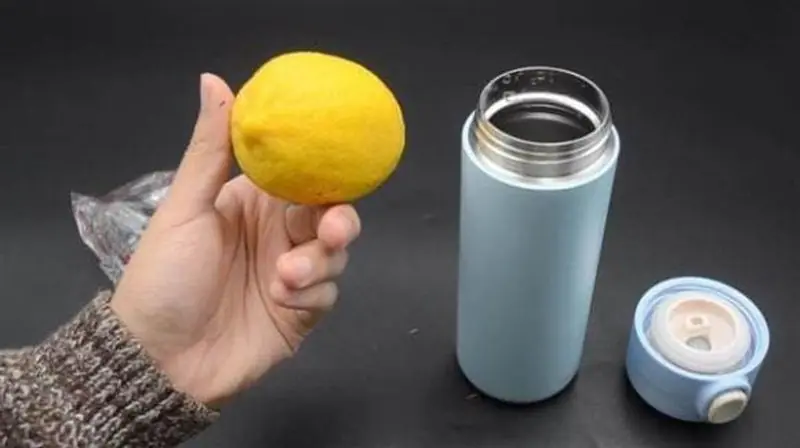
3 types of water that shouldn't be stored in a thermos
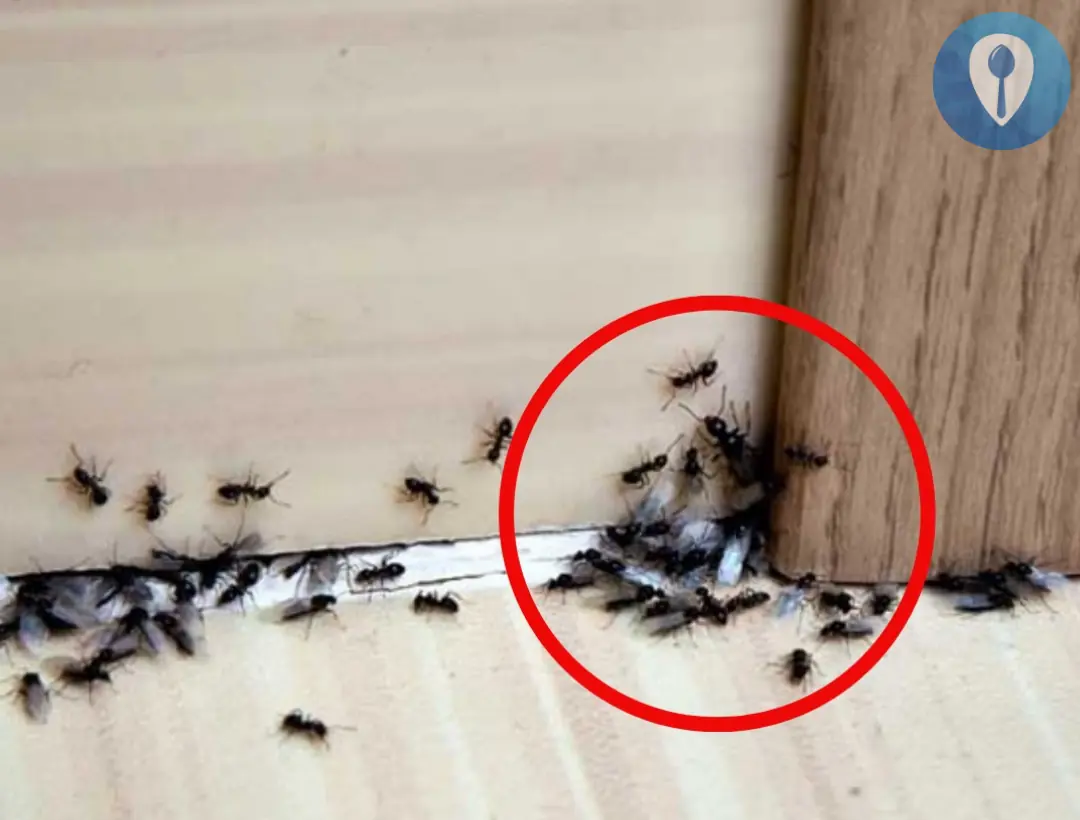
Tips to get rid of ants from your house without spending a penny

When buying eggplants, should you choose curved or straight ones? Growers share 4 tips

5 surprising effects of eating bananas at night
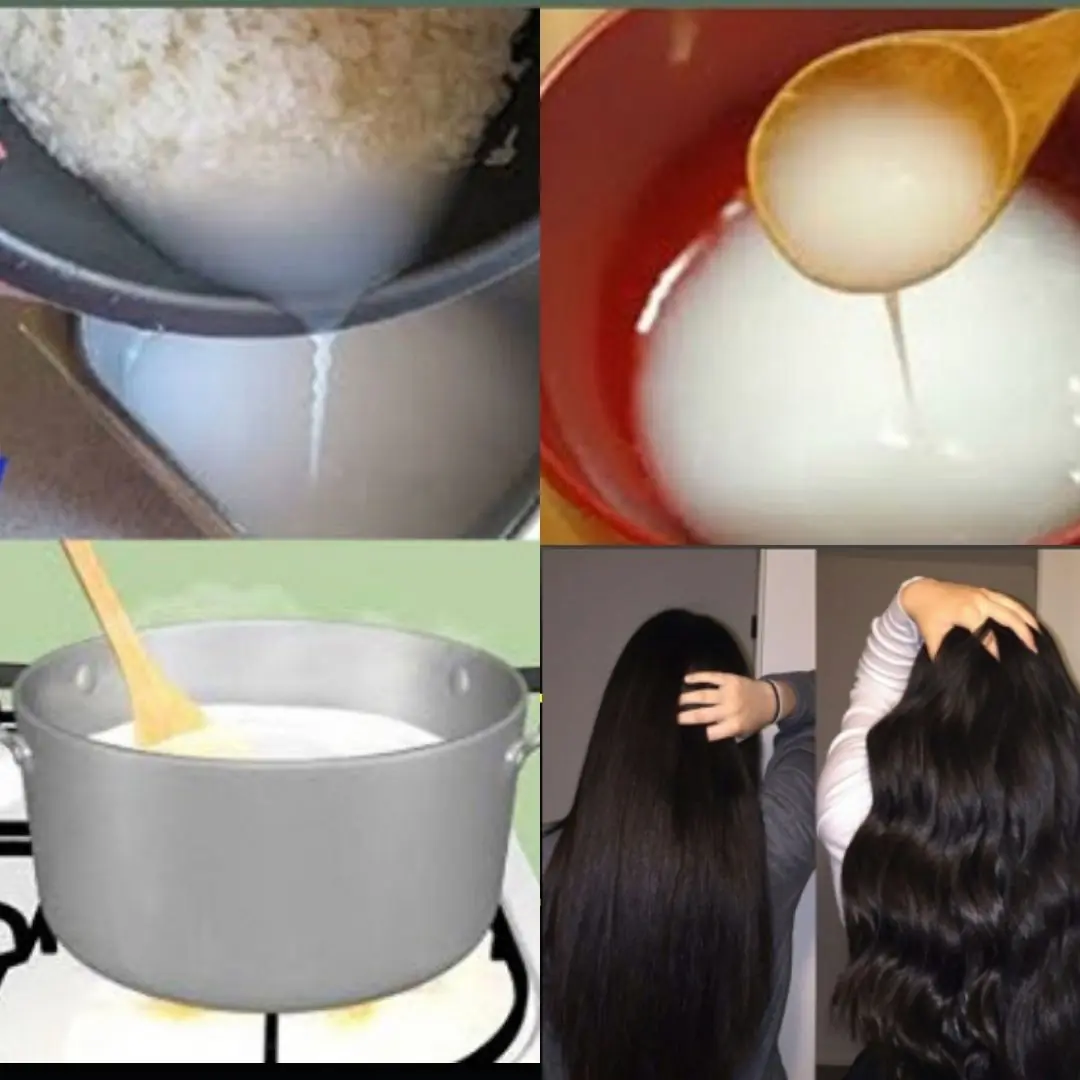
TIPS to stimulate hair growth with rice water effectively after only 1 month
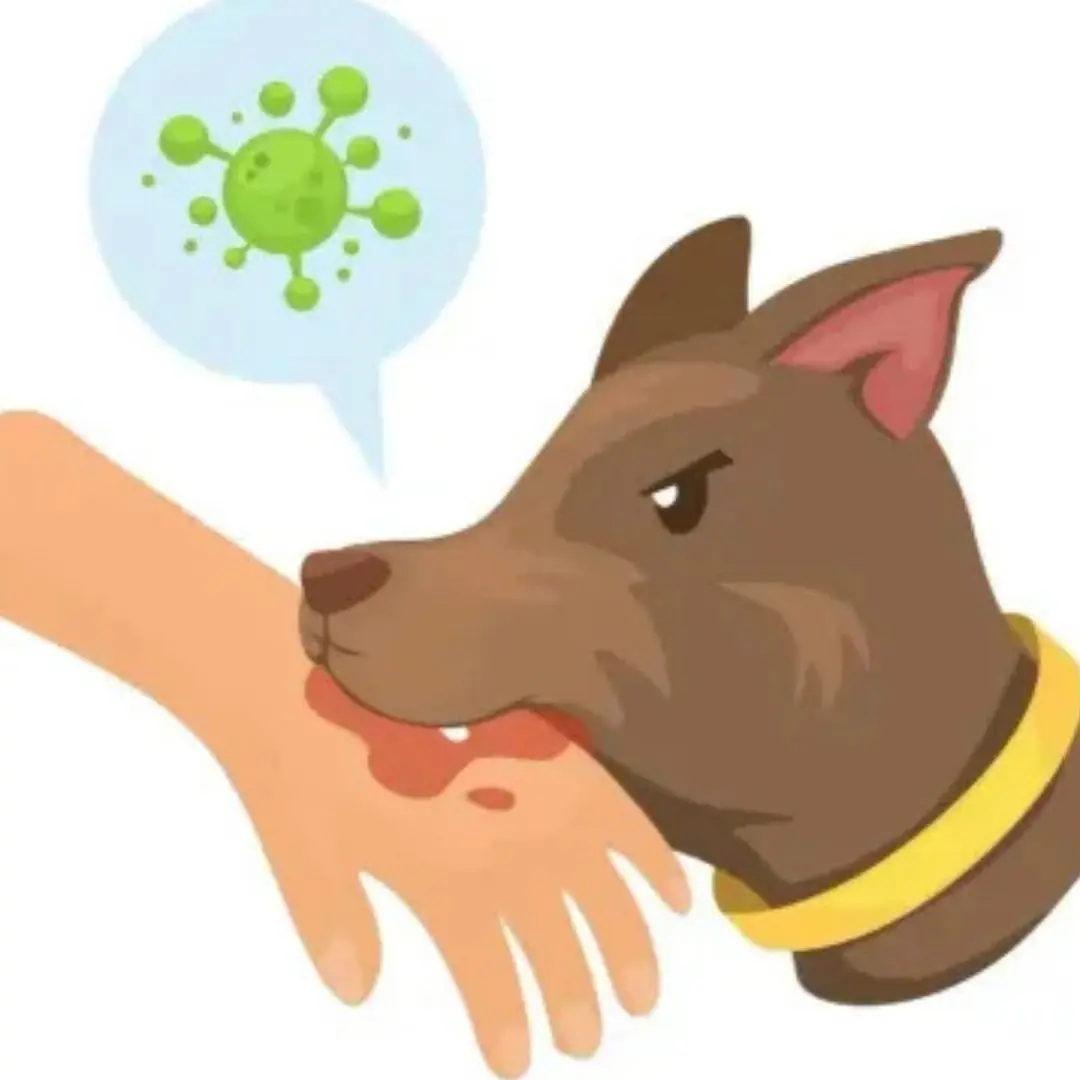
What to do if bit.te.n by a dog? 6 safe ways to handle and give first aid

How to Improve Your Mental and Emotional Health

Throw 2 water bottles into the washing machine, a great tip to keep clothes clean

If your sink is clogged, don't pour hot water: Do this immediately to quickly unclog it and remove the bad smell.

Remember to keep the banana peel after eating it. Doing it this way has surprising benefits

Garlic and onions that are stored for a long time often sprout: store them this way so they don't spoil or sprout all year round

The rice barrel placed in this place will cause constant illness and difficulty
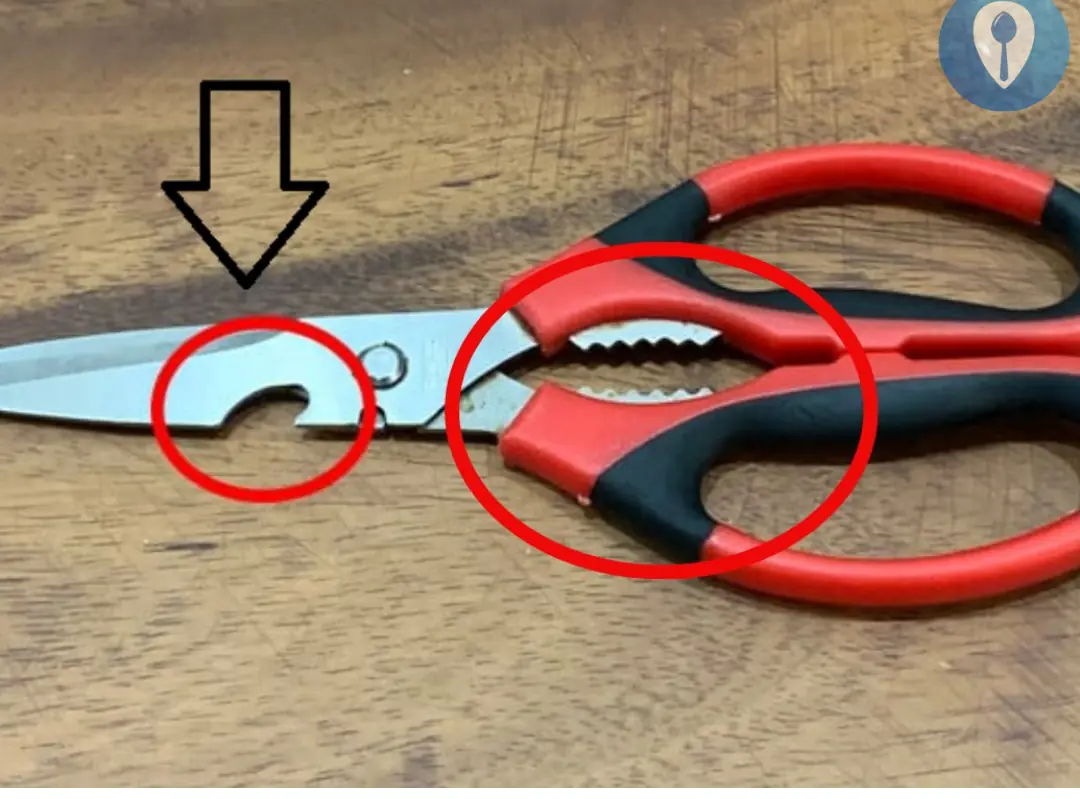
What are the buttonholes and serrated holes on scissors used for?
News Post

Rosemary Lemon Grilled Chicken

Eat boiled green bananas every day - Unexpected health benefits

3 parts of shrimp that "accumulate t.oxins" - Many people eat them without knowing

Pumpkin is really good, but for these 5 groups of people, it is a "double-edg.ed s.word" for health and should be limited

A new can.cer vaccine trains the immune system to recognize and attack tumor cells

5 types of poisonous meat and fish that are so terrible that sellers don't dare eat a piece

If the electric fan is dirty, don't rush to disassemble it.

Natural Treatment for Diabetes, Stomach Issues, and High Blood Pressure

What are the benefits of drinking lemon water?

Eliminate Nail Fungus Naturally

Natural remedy for sore joints and bones: Only four ingredients!

Overeating These 5 Foods Is Like ‘Overworking and Straining’ Them

No Matter How Delicious, Avoid Overeating These Foods to Protect Your Liver

Why should you pour salt down the drain at night?

Cleaning the washing machine is very necessary, but not everyone knows about this hidden switch

How to Deodorize Your Microwave with Lemon

Two strange points of headache warn of brain tumor, don't ignore

Put Your Quick Wit to the Test: Can You Solve This Brain Teaser?

5 Drinks That Damage the Liver Faster Than A.lco.ho.l
